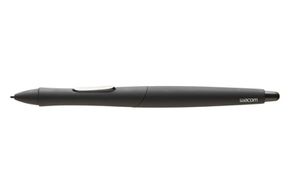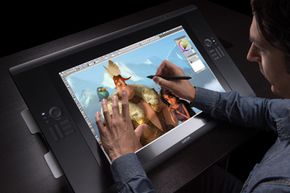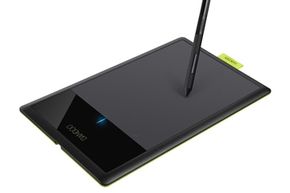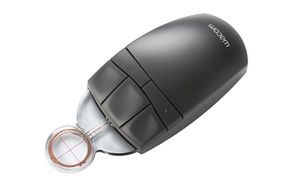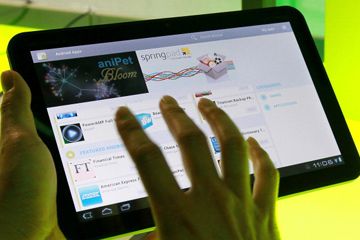Let's get our definitions straight here, folks: Unlike the iPad, the Kindle Fire or the Nook, Wacom tablets are not your average tablet PCs. Nor do they strive to be -- they're graphics tablets (also called pen tablets), devices generally used in the graphic design industry or by digital artists that allow a person to draw by hand, capturing an image or graphic in digital form. The information is displayed on the monitor of a connected PC or Mac.
Sounds a little complicated, but imagine this: You're working at your computer when the fancy strikes you to doodle a picture of a cartoon chicken eating broccoli. (Doodles don't have to make sense.) You use the pen and paper next to you. After sitting there for a day or so, it's absent-mindedly put in the trash, only to decompose slowly in a landfill, your artistic genius never recognized.
Advertisement
Unacceptable. Wacom tablets, which comprise many different models that we'll detail in this article, are designed so you can digitally doodle straight into your computer (among far more important tasks). Basically, they're the technological mating of a computer mouse with a pencil and a computer monitor with a college-ruled notebook.
Not a perfect analogy. But graphic designers, artists, illustrators and many other hobbyists and professionals need a device that allows their hand-drawn work to be digitized or their digital image to be manipulated with an old-fashioned hand. The technology powering Wacom tablets provides a few advantages over click-and-point navigation. The pen, or stylus, that comes with the tablets can communicate much more effectively. Its pressure-sensitive system will let you determine things like how thick or thin a line should be, and it can instantly capture handwritten notations. The tablet communicates with the pen, plotting its location in microseconds as it makes your adjustments on screen.
Graphic designers could benefit from the ease of turning concepts into digital reality. A photographer might like to be able to manipulate an image by hand more carefully. And pretty much everyone thinks it's cool to have their hand-written notes or doodles appear on their computer in the time it takes to put pen to paper.
Advertisement

